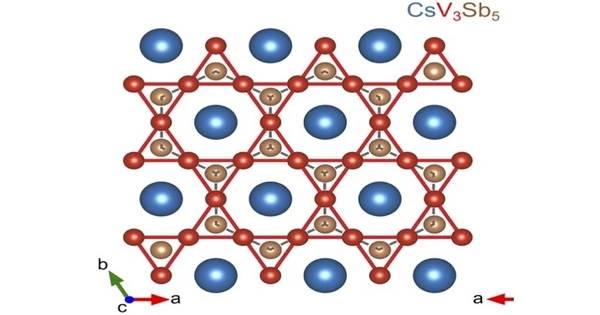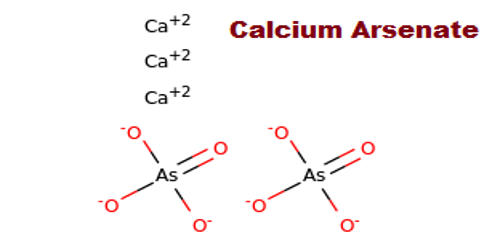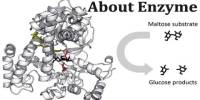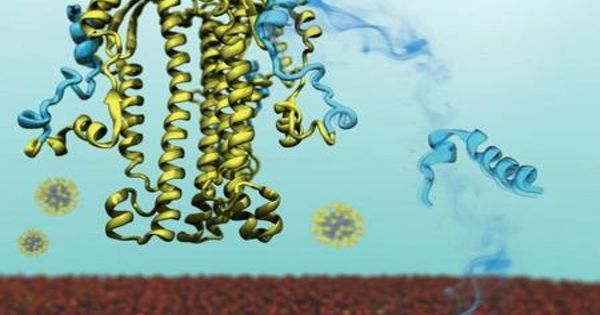Kagome metal, also known as Kagome lattice, is a type of lattice structure that consists of interlocking triangles arranged in a hexagonal pattern. This lattice structure is named after the Kagome basket weave pattern used in Japanese basketry.
Kagome metals have attracted attention in recent years due to their unique electronic and magnetic properties. They are considered to be a topological material, which means that their electronic properties are robust against certain types of defects and disorder.
In addition to their electronic properties, Kagome metals also exhibit interesting magnetic properties. In particular, they are believed to host exotic magnetic states such as the quantum spin liquid, which has been the subject of intense research in condensed matter physics.
Structure
The kagome lattice structure is formed by interconnecting triangles in a specific way to create a lattice with a high degree of symmetry. This lattice structure is of interest to researchers because it has unusual electronic and magnetic properties that may make it useful in a variety of applications, such as in electronics and energy storage devices.
Atoms in the Kagome structure are arranged in layered sets of overlapping triangles, creating large empty hexagonal spaces. A “three-dimensional cousin of the quantum Hall effect” occurs for electrons in metal. The metal’s inherent magnetism and quantum-mechanical magnetism cause electrons to flow around the edges of the triangular crystals, similar to superconductivity. This structure and behavior, unlike superconductivity, is stable at room temperature.
Made by
Kagome metals can be made using a variety of metals, including copper, nickel, and iron, and they can be formed into different shapes such as sheets or wires. Research on kagome metals is still in its early stages, but it is believed that they have potential for use in areas such as spintronics, superconductivity, and catalysis.
Importantly, kagome lattice electrons have Dirac band crossings and flat bands, which are the source of nontrivial band topology. Furthermore, they all contain the heavy element Sn, which can provide the system with strong spin-orbit coupling. As a result, this is an ideal system for investigating the complex interplay of geometry, correlation, and topology.
Application
Kagome metals have potential applications in a wide range of fields including spintronics, quantum computing, and energy storage. However, their properties are still being studied, and more research is needed to fully understand their potential uses.
















